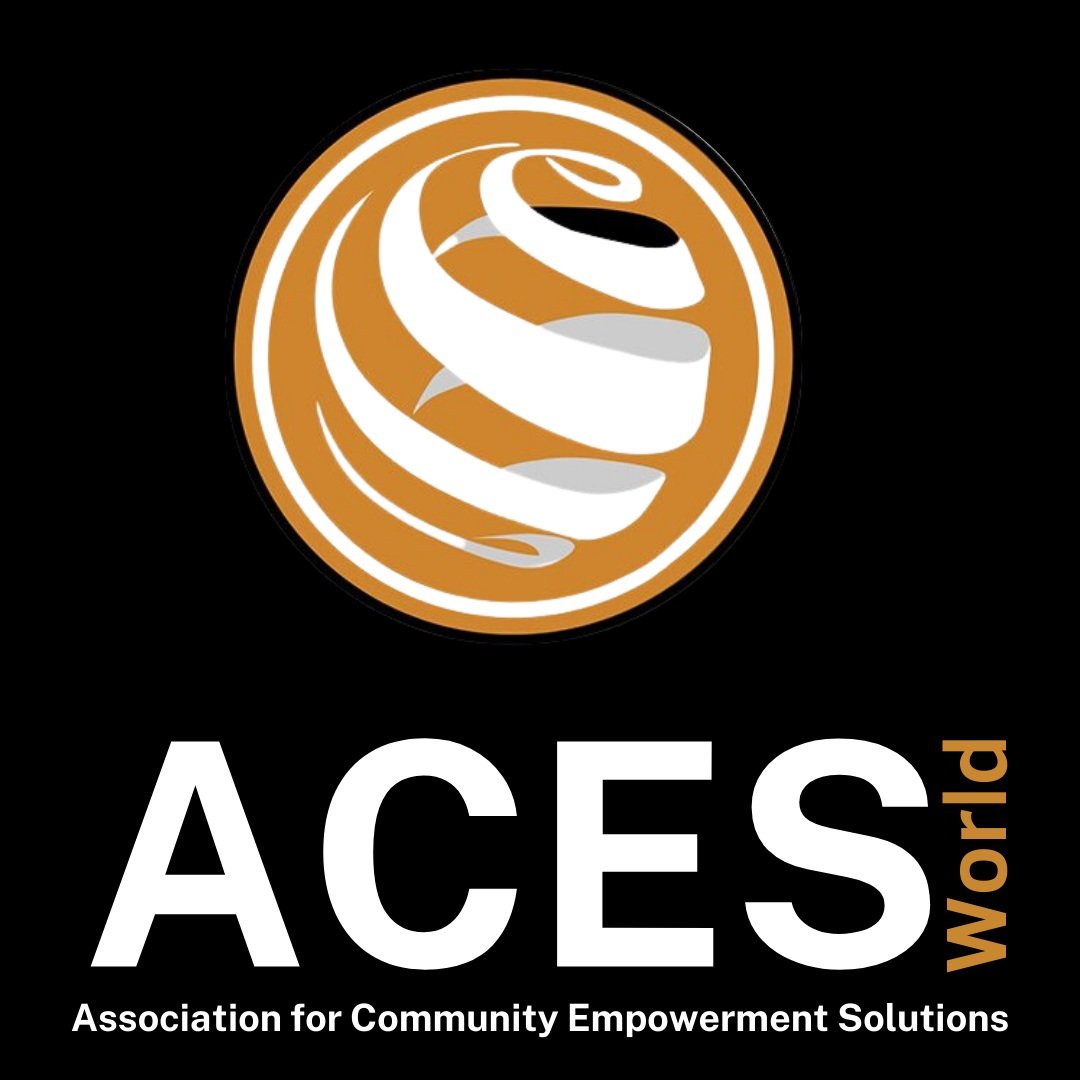What Gender Roles Mean for Climate Change Adaptation Strategies
Part of our role as a Non-Governmental Organization is to provide aid in areas that have been overlooked by others and help underserved populations with the mantra of “leaving no one behind”. This mandate need not change as we tackle a global crisis like climate change. The impact of climate change will do the most damage to vulnerable populations, opening-up and deepening old wounds. This has to be noted in addition to reports from the Intergovernmental Panel of Climate Change (IPCC) that the window of opportunity to adequately mitigate climate change has been missed and climate change adaptation deserves a greater focus. While a plethora of adaptation strategies have been suggested, their planning and implementation must account for social norms and challenges that are deeply ingrained in societal fabrics.
Gender inequality remains one of the major problems that needs to be tackled concurrently with climate change adaptation if development efforts are to make a meaningful impact in contrast to the disparity it produced in the past. Unfortunately, gender inequality cannot be discussed the same way it used to be. We can not only talk about inequality in education access, employment avenues, and assets in the face of climate change adaptation if we aim to reduce the gender gap in climate change impacts. We must also understand how gender roles translate into different dynamics in the climate change adaptation process. These discussions cannot be over-emphasized as projects need to be receptive to changing trends in gender roles resulting from climate change.
Existing studies on the gendered impact of climate change have unequivocally established that although women are the most vulnerable and suffer the worst impact, they remain active agents for effective adaptation. Women have less access to resources, but their roles within households have endowed them with extensive knowledge that proves very beneficial in adaptation. Gender difference in adaptation is the result of gendered climate change impacts which exacerbate inequality in workloads, roles and opportunities. Such inequalities have produced different pathways to climate change adaptation through the different social behavior, concerns and priorities of men and women.
The case of drought can be used to illustrate the gendered impact of climate change. Women are more concerned with clean and affordable water while men, acting as financial breadwinners, express grievances over low livelihoods. Workload increase is also likely to be disproportionate as women in rural communities report assuming a greater responsibility for food security in the household. Different gender roles and concerns lead to a difference in priorities in the use of adaptive capacity.
Gendered adaptation strategies for climate change can also be understood by a varied level of dependence on natural resources and available opportunities. Since men have greater access to professional opportunities, their adaptive capacity is understood to be higher and better diversified as they can find work in sectors or activities facing lower climatic threats. The scope of adaptation strategies for women is relatively narrow as they face higher barriers of entry into different sectors. This means that women are trapped in sectors such as farming, where they are forced to bear the full impact of low yields caused by drought, while men have the option of seeking manual off-farm jobs. This influences gendered resource use in adaptation. Even in a scenario of equal resource access, which is far from reality, women will prioritize securing a more reliable water supply source while men prioritize securing alternative livelihood sources. Forms of adaptation strategies are also gendered, with women favouring behavioural change in contrast to the technical, structural and technological fixes favoured by men.
Understanding changing roles and responses among men and women as a result of intensifying climate hazards offers NGOs the opportunity to streamline adaptation programmes accordingly and to develop different project portfolios. For example, tackling education access by distributing uniforms or sanitary pads may not be as effective when increasing severity and frequency of drought is resulting in higher workloads for women in search of water and fuelwood. Water scarcity and drought related food insecurity produces a higher burden of domestic chores for women, deterring them from school attendance. All NGOs should consider how gender roles affect differences in concerns, priorities and forms of adaptation for men and women.
Linus Agbleze is a member of the ACESWorld Program Evaluation Team.


